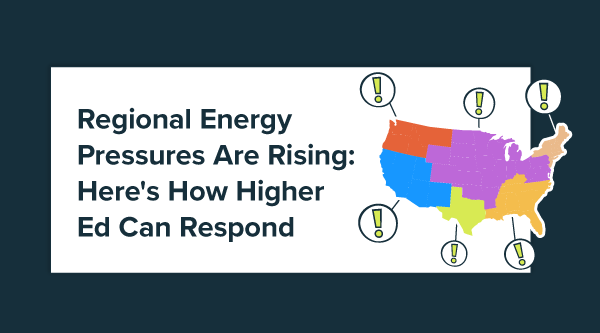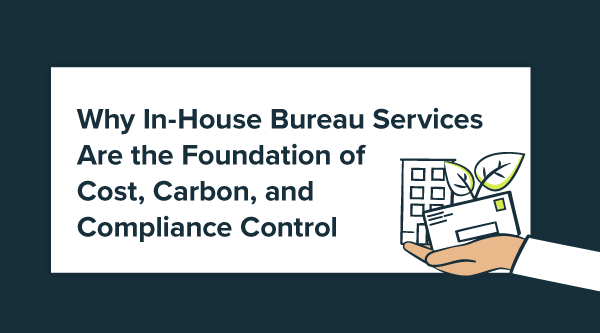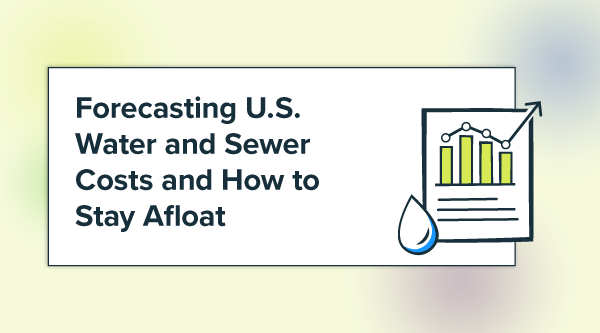Some building owners, especially manufacturers and other equipment-intensive operations, may see a utility bill surcharge for “Power Factor.” If you see that on your utility bill and aren’t quite clear on what it is, read on.
What is Power Factor?
Power factor is a complex characteristic of AC power that takes an electrical engineer to appreciate. Power factor would, therefore, be worthy of ignoring, except for the fact that you may get hit with substantial electric bill charges when yours is out of whack.
Electrical devices are either resistive loads—incandescent bulbs and heating elements—or inductive loads, such as large motors and transformers. Resistive loads shouldn’t present a problem. But inductive loads, loads that rely on the magnetic properties of electricity, can create issues for utility vendors. The magnetic effect disrupts the smooth waveform of alternating current and voltage, causing the current to lag behind the voltage. Power Factor is a metric that expresses the degree of “disruption” in the alternating current.
Simply stated, it is more costly for your utility supplier to sell 100,000 kWh to a customer with a 75% power factor than to sell the same 100,000 kWh to a customer with a 93% power factor. Utilities make up for this disparity in their cost of service by adding a “penalty” charge for low power factor.
Are You Paying Power Factor Charges?
The “sweet spot” for power factor is generally above 0.8-0.9. If power factor dips below 80 or 90 percent, your utility may assess power factor penalties on your bill.
You can do a quick health check-up of your electric accounts to discover if you’re paying a lot for power factor charges. Here are some suggestions:
- Benchmark your largest electric accounts. In EnergyCAP, for example, you can use the Groups & Benchmarks feature. Navigate to the Meter Groups, select the Electric commodity under the Commodity Auto-Group category, and then rank your accounts by use/day or cost/day. Drill into the largest accounts and look for power factor bill line items.
- You can also check for abnormally high cost per kWh, as power factor penalties will drive up the average cost per unit. Using the same Meter Group as above, rank by cost/unit and use the Details chart to spot (1) high unit cost AND (2) high total cost.
- If you’re familiar with your facilities and installed equipment, focus on the electric bills for facilities that have very large motors.
How is Power Factor Improved?
If you observe a problem (i.e., power factor penalties are being applied) discuss the issue with an electrical engineer and your utility provider. Power factor problems can be corrected by replacing older less efficient equipment or by installing capacitors. Capacitors supply reactive power, reducing the magnetizing current burden on the electrical distribution and generation system. They may be installed on the main electrical service line or directly onto inductive motors that are causing the problem.
Power factor improvement projects can be very economically favorable with short payback periods, so this is a worthy investigation.
To learn about other ways to find energy cost savings, download our eBook, 20 Ways to Find Utility Bill Savings.
Best-in-class portfolio-level energy and utility bill data management and reporting.
Real-time energy and sustainability analytics for high-performance, net-zero buildings.
A holistic view of financial-grade scope 1, 2, and 3 carbon emissions data across your entire business.
Energy and sustainability benchmarking compliance software designed for utilities.






